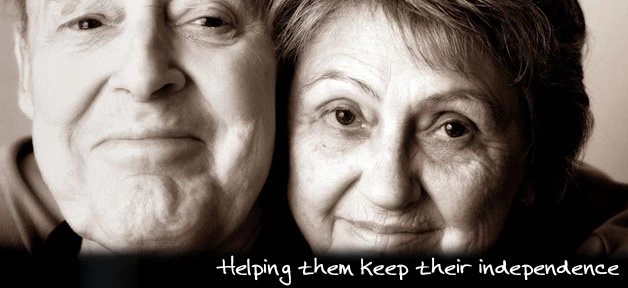- +86-138 4056 0445,+86-151 4027 2439
- info@careagemedical.com
Product Name: Hydraulic Patient Lift Product Model Number: 71910 Width: 590 mm Push Handle Height: 1140 mm Weight Limited: 150 kg
Product Name: Electric Patient Lift Product Model Number: 71970 Width: 590 mm Push Handle Height: 1140 mm Weight Limited: 150 kg
The electric patient lift which can easily move the patient up and down , saving effort and meeting the life needs of the patient. Transfers may be to and from beds, chairs, floor to bed, lateral transfers, bathing, and toileting , and offers a wide selection slings for a variety of lifting situations.
|
Consider this common scenario: Your |
 |
Without adequate training on how best to transfer her father — and without physical or mechanical assistance (i.e. a patient lift or a lifting belt) — it may only be a matter of time before the daughter, and possibly her father, are hurt or injured. The injury or damage may happen immediately or surface later.
The Centers for Disease Control cite “overexertion incidents” as the “leading source of …claims and costs in healthcare settings.” Nurses and other frontline nursing staff suffer more back and shoulder injuries, tendonitis, carpal tunnel syndrome, and chronic back pain — experienced both on and off the job — than any other profession, says this CDC article. As obesity rates continue to soar, and as professional and family caregivers age, the issue of safe patient handling becomes of greater importance. In addition, the nursing shortage will hit 250,000 by the year 2025 (based on research referenced in the above CDC article). There are safe patient handling laws in some hospitals and healthcare facilities, but thus far, they’ve only been enacted in 10 states (source: American Nurses Association), and these laws don’t cover caregivers at home or in the community.
A caregiver for someone with mobility challenges is most likely “lifting” their patient or loved one multiple times throughout a 24-hour period, and like the father-daughter example, most caregiver/caree pairs are usually not well-matched in terms of strength and size. Don’t let that stop you from safe lifting practices though. Consider these tips:
1. Communicate with the individual you are lifting. Don’t just come up behind them without warning or without a plan. Put them at ease, tell them how you plan to move them, and to where. Talk to them throughout the transfer. Don’t rush.
2. Don’t use your back to lift. Rather, focus on using the strength in your legs.
3. Assist, don’t lift. Make the move a joint effort. Ask the patient to help you in any possible way.
4. Don’t lift from the waist of the patient, says Wade McKinney, aka “TheTransferGuy.” Doing so is more difficult and more likely to cause injury. Instead, “have the patient push up using their arms and support their forearms just below the elbows.” He advises that this technique is not ideal for all patients, “especially those who require much more assistance.”
5. Use a patient lift. It’s one of the safest, most comfortable, most dignity-preserving methods available, and it’s quite affordable too. Split the cost with another caregiving neighbor, if need be, or ask family members to help cover the cost. Costs range from $600 to $6000, depending on the type of lift.
Want to learn more about patient lifts? Visit our site to view a range of slings, lifts, lifting systems and accessories from top manufacturers that can meet an array of needs (i.e. lifting multiple patients, needing to transport the lift to other rooms, or a lift designed specifically for getting into a pool).